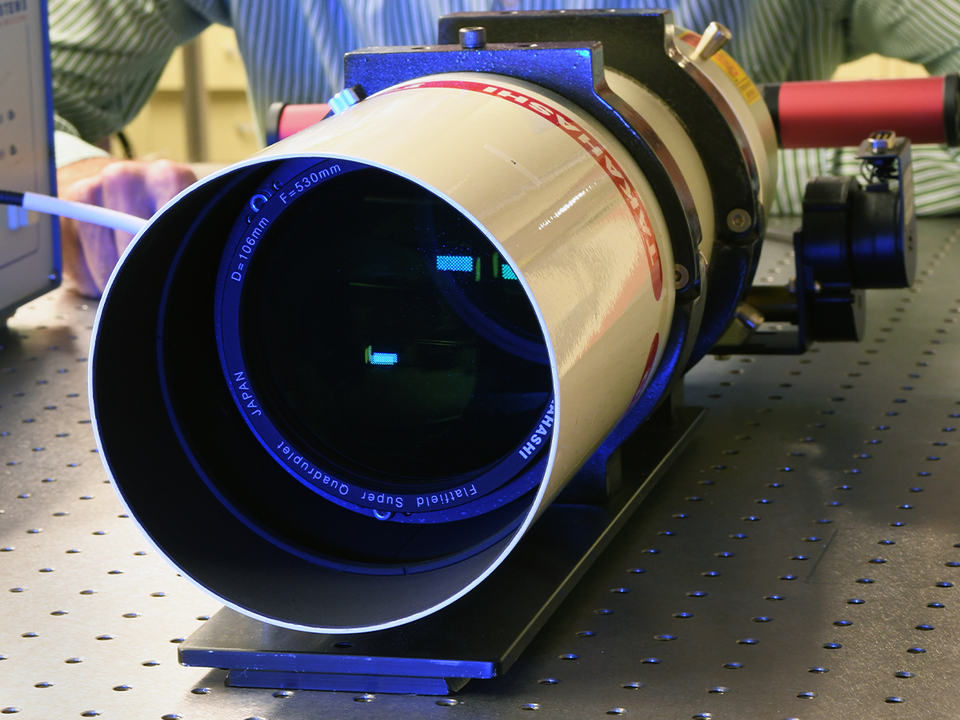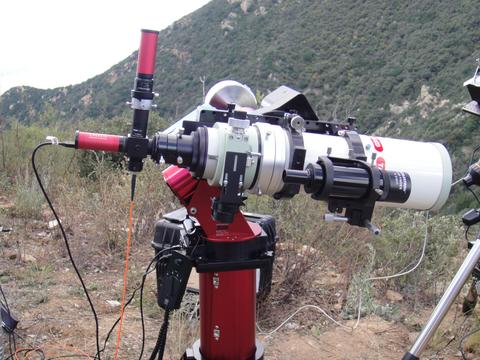NIST Stars

Telescope Details
Location
Cerro Paranal, Chile, near the Very Large Telescope
Purpose
Astrophysicists use a network of “standard stars” for calibrating measurements of flux — the absolute spectrum of light — by ground- and space-based telescopes. The data for current standard stars are based on 1970s-era terrestrial measurements of the star Vega, with uncertainties of a few percent and a tenuous link to the International System of Units (SI). While this was a state-of-the-art measurement for its time, scientists today can achieve much greater precision.
The NIST Stars project aims to improve the accuracy of these data to meet requirements for modern astrophysics. Project leaders expect to reduce measurement uncertainty to less than 1% over the visible-to-near-infrared spectrum and provide robust traceability to the International System of Units, or SI.
NIST’s role
NIST is developing a field station, including a near-infrared telescope, spectrometer and calibration instrument, to build upon a pilot program previously deployed at Mount Hopkins, Arizona. The NIST Stars observatory in Chile will measure the absolute spectrum of flux from about 10 standard stars in the visible-to-near-infrared spectrum. NIST will operate the observatory.
The standard stars will be used for various applications, such as making highly accurate measurements of special types of supernovae for studies of dark energy and searching for exoplanets (planets outside the solar system) that could harbor life.
Significant discoveries and current status
At Mount Hopkins, NIST staff developed and deployed an accurate technique for measuring the absolute spectrum of flux from standard stars, with calibration traceable to the SI.
The observatory in Chile is in the design and construction phase, with “first light” anticipated in 2026.
Other interesting facts
Advances in recent decades have enabled NIST to measure the optical power of light with just 0.01% uncertainty in the lab — far better than the level required by modern astrophysics. This project will enable NIST to extend SI-traceable measurement scales into space.
Supported by
NASA, European Southern Observatory
Operated by
NIST
Read More
Star Light, Star Bright … But Exactly How Bright?
Media


